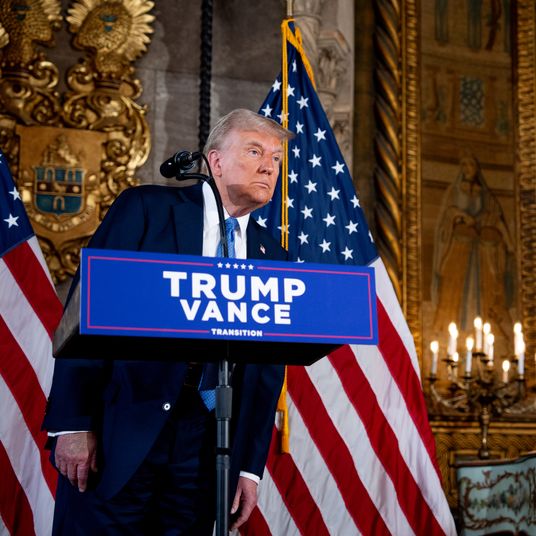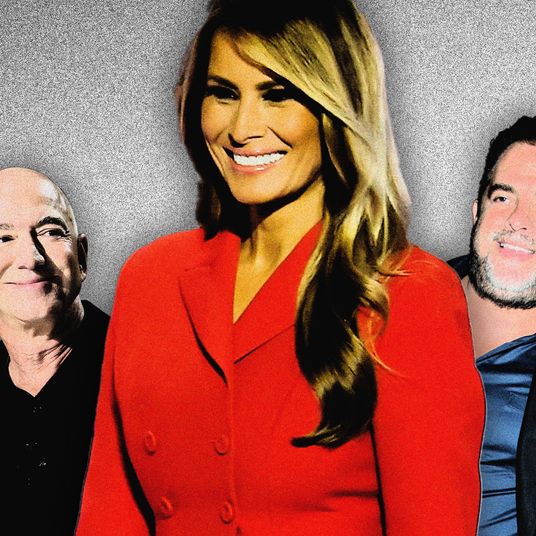
Most celebrities start out on Twitter sanely enough, in control of the discourse, limiting themselves to the occasional self-promotional tweet — and then they get sucked in. They take questions from fans. They start revealing more about themselves than they had intended. They get into scraps with Twitter trolls. They put more work into it than they could possibly get out of it. And finally, some of them just smash their new digital toy and walk away, as Alec Baldwin did a week ago, when he quit after a glorious six-month run as one of the social network’s brightest stars.
Baldwin loved Twitter from the start, and it loved him back. His pitch-perfect first tweet, on May 27, earned him more than 100 retweets because it presented the online Baldwin everybody had been hoping for: a man who was as funny off-the-cuff as he was when he put his chocolatey baritone to work delivering lines written for him by others. “My first tweet,” he wrote. “Maybe I needed a glass of wine beforehand. I feel … so shy.”
Like other celebrity tweeters, Baldwin had struck an odd bargain with social media. He had more or less become the president of his own fan club, a job once assumed (in the days of Old Hollywood, as well as in the nineties era of devotional websites) by borderline-obsessive fans with a lot of time on their hands. In exchange for a glimpse of the “real” Alec Baldwin, the actual Alec Baldwin was at it day and night, interpreting the events of his life via 140-character bites. He tweeted a lot more than seemed strictly necessary for a successful actor and potential politician, but he was very good at it, and all the retweets he earned must have felt like applause.
But on Twitter, the applause can be dangerous — it tempts celebrities to say too much about themselves, rather than safely filling their feeds with spamlike utterances, like Martha Stewart does. Stewart, as you might guess, shows nothing on Twitter of the angry, driven woman whom students of her career glimpsed in James B. Stewart’s recent book, Tangled Webs. Still, she manages to hang on to 2.5 million followers, who must not mind her non-interactive, spambot style. Tireless standup comedian Louis C.K. now has more than 750,000 followers, but follows no one in return — he sees Twitter as a broadcast medium. Unlike countless other comics who really work it, he doesn’t write jokes for free or post 140-character unburdenings of his psyche. But as his time on Twitter has gone by, even this onetime refusenik has shown signs of caving. Recently, he sent out a tweet asking his followers if any of them had recorded a show during which he had come up with new material he could not recall. So there he was, crowd-sourcing, a regular Clay Shirky.
Salman Rushdie spends a lot of his Twitter time engaging followers in digital parlor games. For instance, he will pit one writer against another in what he calls a Literary Smackdown. His Twitter persona is like that of a fifties dad at the wheel of a Buick, who is desperate to keep the kids in the back seat entertained during a long road trip. But Rushdie has found that, on Twitter, you are not in total control of your image — and he reacted severely when a lady dinner-companion named Devorah Rose dropped a suggestive-seeming tweet into her feed mentioning the time they spent together. (“Cease and desist instantly,” is what he texted to her, according to the Post.) It seemed he didn’t like the collision of real-world Rushdie and the gee-whiz Rushdie he has been building, tweet by tweet.
Twitter provided the more game Baldwin with endless daily opportunities to seduce strangers afresh. He seemed to thrive on the contact with his fans, sending birthday greetings and answering their tiniest questions. He had a gift for online improv. When a tweeter asked him “How do you take your coffee?” he replied: “Like my women. Expensive and bitter.” The retweeters went wild.
All this digital interaction might have been a rush. There was a slightly manic quality to it. Baldwin tweeted as if he couldn’t get enough of the hits of instant pleasure you feel when you tap out a tweet that gets a big response. It must have been a lot of work, and it earned him nothing but goodwill in return. Last week, when he found himself in the news for being tossed from an American Airlines flight after an altercation with an attendant, he was hit with a slew of hostile tweets. What had started as an amusement had become something of an addiction, and was now just a pain.
Baldwin’s exit was more theatrical than that of Ashton Kutcher, who stepped back from Twitter in the wake of a thoughtless tweet on the firing of Joe Paterno by promising to “turn the management of my feed over to my team at Katalyst as a secondary editorial measure.” Baldwin departed with a sense of drama, a hoofer to the end. His last three tweets comprised links to YouTube videos of Bernard Haitink conducting the Concertgebouworkest through the fourth movement of Mahler’s Symphony No. 9. There is Haitink, in tux and tails, his face bathed in sweat, swinging the baton to steer his players through the melody’s rough sea. Baldwin went out with the Twitter equivalent of a Viking funeral.
If you would like to see a non-neurotic, non-compulsive celebrity tweeter exploiting the medium successfully, check Tom Hanks’s infrequently updated feed. Hanks has a nice running gag that undercuts the importance others might attach to him. The gag is this. Early last summer, he caught his thumb in a door, which left a bruise. Since then, his Twitter feed has consisted mainly of links to photos documenting the progress of the bruise on his thumbnail. Months afterward, Hanks was still at it: He posted a photo the other day showing a thumbnail that, while no longer bruised, was still not the prettiest sight.
With the tweeted pics, Hanks is doing to himself what Us magazine does when it runs photos of celebrities at their morning-after, Starbucks-run worst. And because the photos are absurd in that they show only Tom’s thumb, he is, at the same time, parodying the tabloid impulse to suck some of the glamour out of Hollywood. Hanks has proved adept at handling the medium. His very occasional tweets don’t take much work on his part: He is getting a lot more out of Twitter than he puts in.
Related: Reasons to Love New York No. 33: Because a Kinda Crazy, But Undeniably Charming (Unless You’re American Airlines), Actor Wants to Succeed Our Mayor.
Tweet Science





























